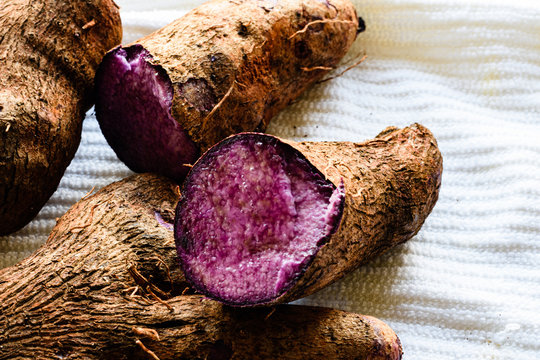“Let food be your medicine.” Hippocrates
Five years ago I was introduced to black walnut, a wild nut tree in our new back yard. We have a few of them, which to me it is a blessing. However, this tree produces a toxic chemical called “juglan” and many plants can’t grow under and around it. Despite this, black walnut has a lot of health benefits and it is much more nutritious than English walnut. Black walnut has a strong flavor and is very rich in protein, fiber, antioxidants, vitamine A, and minerals, especially iron. Eating black walnut in moderation is beneficial in reducing the risk of cancer, inflamation, diabetes, and heart disease. Black walnuts contributes to good sleep and gut health due to increased good bacteria.
The black walnut tree is prolific in our area. Squirrels love them and help to spread seedlings. Black walnut trees can even sprout from piles of cut logs.
In fall I harvest our black walnuts and shell them. This process reveals the source of the tree’s name – the husks blacken as they get ripe and stains anything they touch, much more than other types of walnuts. Gloves are a must. And the nut itself is darker in color than other walnuts. This year’s harvest was the best yet, after a relatively poor year last year. This variation is a natural characteristic and is not easy to predict. But one good harvest can be preserved by freezing and used for two or three years.
During harvest, while shelling them I also eat some every day. I realized that this habit reduces my belly fat. I did some research and I found out that indeed black walnut lowers the rate of obesity and blood suger and cholesterol. If you are pregnant or breast feeding or if you are on medication for stomach disorders or blood thinner, you should consult with your doctor. Also if you have allergy to nuts, you need to make sure it is safe for you to use black walnuts.
I like to use black walnut in vanilla ice cream, fresh apple walnut cake, carrot cake, black walnut elderberry kiffel (see bottom photo), salad, pasta, and my husband’s great grandmother’s Pennsylvania Dutch cookies.
“Let’s always eat and drink healthful food and beverages and do it in moderation.” Dr. Sii

























































